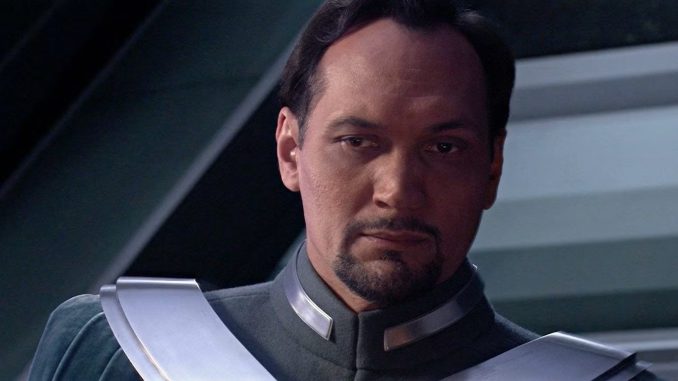
This article contains minor spoilers for “Star Wars: Reign of the Empire — The Mask of Fear” by Alexander Freed.
Since its very beginning in 1977, “Star Wars” has always been a franchise about how we resist imperialism, colonialism, and fascism. George Lucas has talked extensively about the roots of the property as a metaphor for protest against the Vietnam War and how Richard Nixon was as much a direct inspiration for Emperor Palpatine as any of the other fascist dictators in history that he drew his stories from.
In keeping with that idea, the prequel trilogy provided a look at the fall of a democracy and how it’s given away in an election to a monster who uses it to take over completely, cloaking himself in the trappings of his office and turning it into a vehicle of absolute power. But what happens to those who resist in the wake of the purge of the Jedi and the early days of the Galactic Empire? That is the question that Alexander Freed’s novel “Star Wars: Reign of the Empire — The Mask of Fear” seeks to answer.
Freed’s book follows three primary characters: Mon Mothma, Bail Organa, and Saw Gerrera. Those who have been paying attention to the show “Andor” or “Rogue One: A Star Wars Story”, which is the movie “Andor” leads into, are very familiar with all of these individuals. But unlike other “Star Wars” projects, the trio takes center stage here as they set about trying to find their place in a galaxy that has turned upside down. Palpatine’s new order and regime has abruptly changed the rules they used to live by, forcing them to quickly figure out how to not only survive but also how to fight back against the Imperial power structure that’s now pressing down against them.
Since we’ve made the jump from “Star Wars: Episode III — Revenge of the Sith” to “Andor” and “Star Wars Rebels,” there hasn’t been as much canonical material that fills in the gap of what happens politically in between these two moments that gets the Rebellion going. “Star Wars: The Bad Batch” is the only real canon installment that shows us what the Empire is like on this side, and while it certainly reveals a bit of the Senatorial power structure, it doesn’t do so at the same level of detail as “The Mask of Fear.”
The Mask of Fear explores the challenges of starting the Rebellion
One of the things I found most fascinating about “The Mask of Fear” is that it very clearly delineates the different tacks the Rebellion takes, even before it has a name. Each of the three major characters symbolizes a different aspect of that revolution, a different aspect of its soul. Each of them feels like their way is the right one and the only option to truly bring peace and freedom back to the galaxy.
For Mon Mothma, that way is compromise and politicking. She believes that by wielding compromise and political power inside the halls of the Senate, she can slow down the pace of Palpatine’s treachery and power, enabling democracy to resume once more in the galaxy. In other words, her plan is to build coalitions and serve as a visible opposition to his power in the halls of government.
Bail Organa believes in his idealism as well; that the truth will lead people to cast Palpatine aside as a liar. If he can find the proof that the Jedi were innocent scapegoats and the propaganda wasn’t true (and that the lies Palpatine has been feeding everyone aren’t true either), this will awaken the masses and allow Bail to convince everyone to rise up and take their power and agency back. In his idealism, Bail also wants to use Alderaan to take in refugees and fund as many humanitarian missions as possible.
Meanwhile, for Saw Gerrera, direct military action is the only thing he knows. He wants to strike at the heart of the Empire. Violence is the only language the Imperial war machine speaks and understands, so it’s the only language Saw is willing to speak back to it.
Each of these characters seem to feel like they have a monopoly on the right course of action, i.e. the only one that will work to topple the Empire. Unfortunately, none seem able to admit that the only thing that is going to work is a combination of all three. It’s difficult for each of them to swallow the idea that their idea of what will work isn’t going to do the trick on its own, and they need the others. Because that feels like a compromise they aren’t able to make.
Palpatine’s growing power is the scariest part of The Mask of Fear
The most terrifying part of “The Mask of Fear,” to be honest, is Palpatine’s increasing power. He actively undermines the work Mon Mothma and the other representatives in the Imperial Senate are doing as they jockey to set checks and balances on his power. At one point, Mas Amedda, Palpatine’s Chagrian vizier, pulls Mon aside in order to not-so-much threaten her but make her feel like the work she’s doing to stymie the administration is worthless. She spends every effort she has and compromises herself in shocking ways to get a significant bill passed that would act like a check on Palpatine’s power, and Amedda laughs about it. He tells her that of course Palpatine will be vetoing everything in the bill related to handcuffing his power.
When she reminds him that Palpatine doesn’t have the power to do that, Amedda simply laughs some more. Palpatine is going to do pretty much anything he wants, he reminds her.
There’s a chilling line Amedda has as well, just after he reveals the construction of a series of reeducation camps the Empire plans to construct, where he tells Mon, “Today we will maintain order through military might, but in the future ever child will learn a superior history, be raised by a superior family. And the concept of defiance will be as antiquated as the spear.” He also tells Mon that they will let her go and allow her to be the opposition, because they understand the need for a token opposition. However, she will not be allowed to interfere with anything important, and it certainly feels like that is the case for her. This is all meant to make Mon feel powerless, like she shouldn’t even try to fight back.
Nevertheless, she persisted — and we know how well that worked out.
The Mask of Fear is the perfect Star Wars book for 2025
“The Mask of Fear” really illustrates the importance of continuing the work of fighting against fascism — again, a key theme of “Star Wars” since the very start — even if it feels like you’re not going to make a difference. One person can. Every small act of rebellion helps when you’re fighting an Empire, and those small actions can snowball into larger and larger movements.
Freed wrote a hell of a yarn that comes perfectly off the heels of “Revenge of the Sith,” yet it also fits neatly in the world that “Andor” inhabits. It doesn’t feel like a coincidence that this book is being released just before the second season of “Andor” and features at least two of the same major players that play a prominent role on the series.
This book is startlingly relevant in this day and age. It’s tense and full of disparate storylines that crash together into an incredible political crescendo. It’s equally well-wrought and masterfully put together. More than anything, it speaks to the messiness of rebelling against a totally oppressive foe who pulls all the strings of power, money, and government. Not only is the book insightful, but it also fits perfectly into the tapestry of “Star Wars” and its long history of political allegory and relevance.
Frankly, “The Mask of Fear” is the “Star Wars” book for our political moment. That makes it a must-read for any fan of the saga who wants a better look at the banality of evil and the way Palpatine was able to so capably take control of an entire galaxy, even while good people did everything they could to stop him.
“Star Wars: Reign of the Empire — The Mask of Fear” is available just about wherever you can buy books.

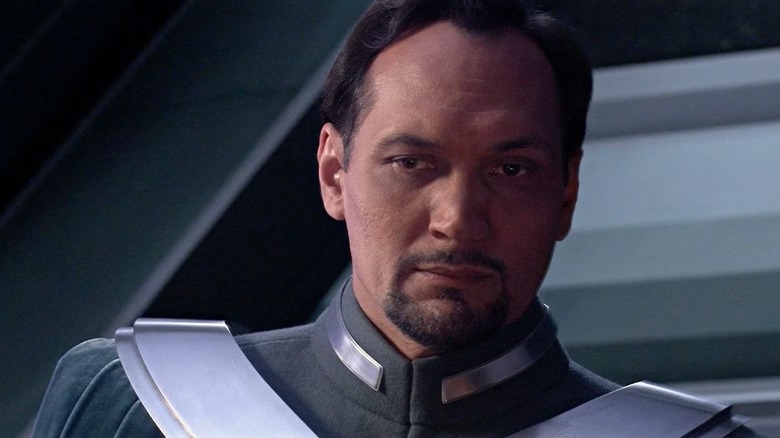
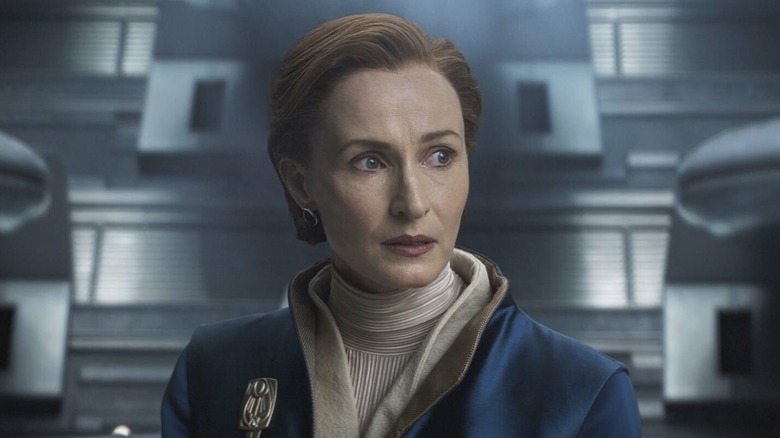
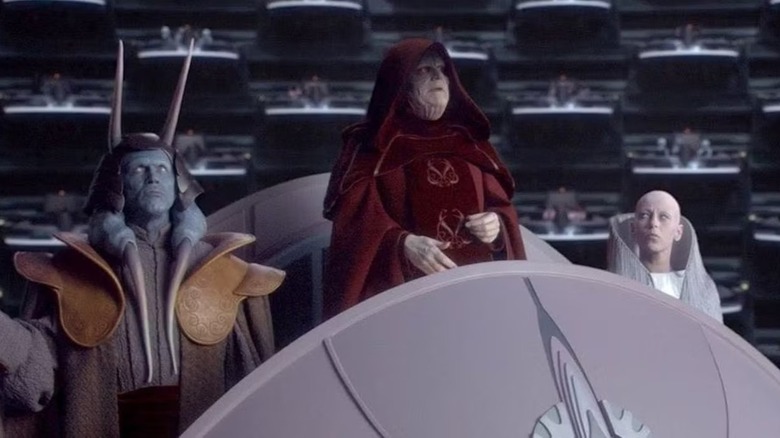
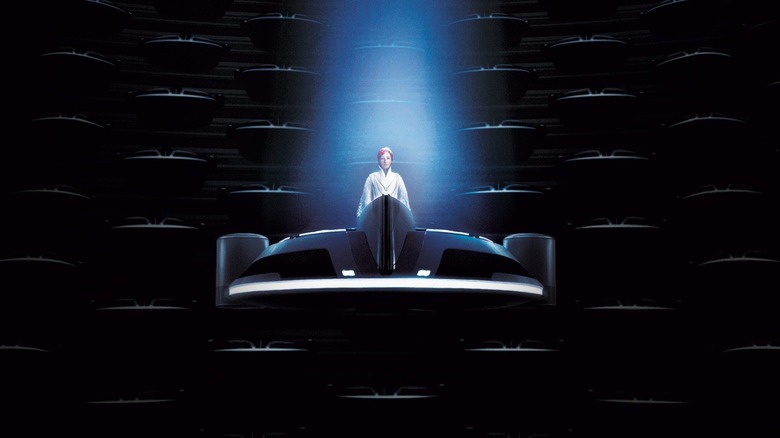
Leave a Reply